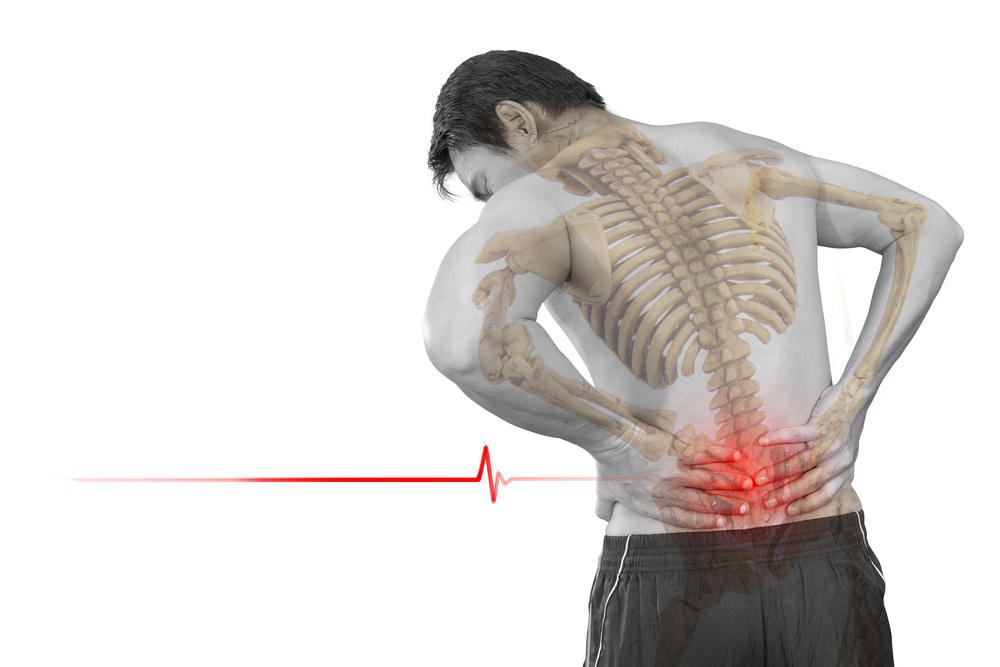

You can treat LSS with conservative treatments and modern alternatives as well. At Relevium we treat this condition using the following:
The Vertiflex procedure is another minimally-invasive approach to lumbar decompression that also decreases the risk of traditional surgical risks. During the Vertiflex procedure, a small incision is made and a small tube, known as a dilator, is used to move the tissues aside and access the spine. Then an implant, known as Superion™ is placed in the spine. The Superion™ implant is made of titanium alloy and fits between the spinous processes that project off of each vertebrae. Once the implant is in place, this reduces pressure on the nerves and spinal cord, while also maintaining spinal motion. In some cases, more than one implant is needed to achieve the desired results. The Vertiflex procedure takes about 20-30 minutes to complete.
There are many benefits of these minimally-invasive procedures, such as:
Contact us today at 973-200-4695 to schedule an appointment.
We are led by a team of Ivy League-Trained vein and pain specialists who constantly advocates for patient care and wellness.